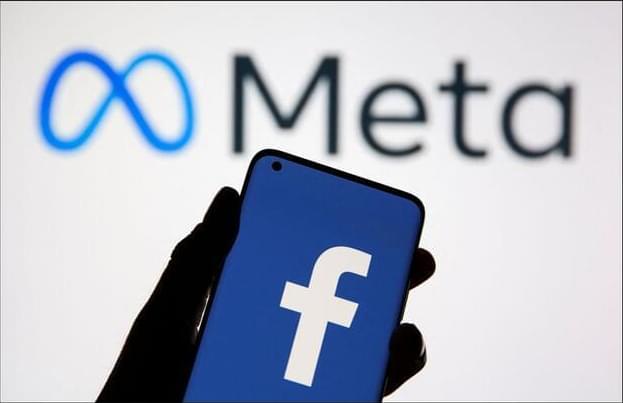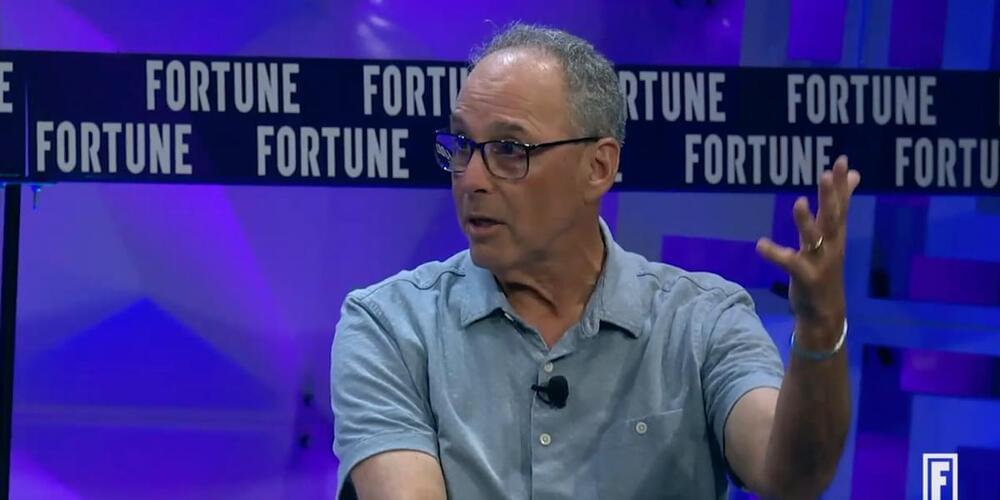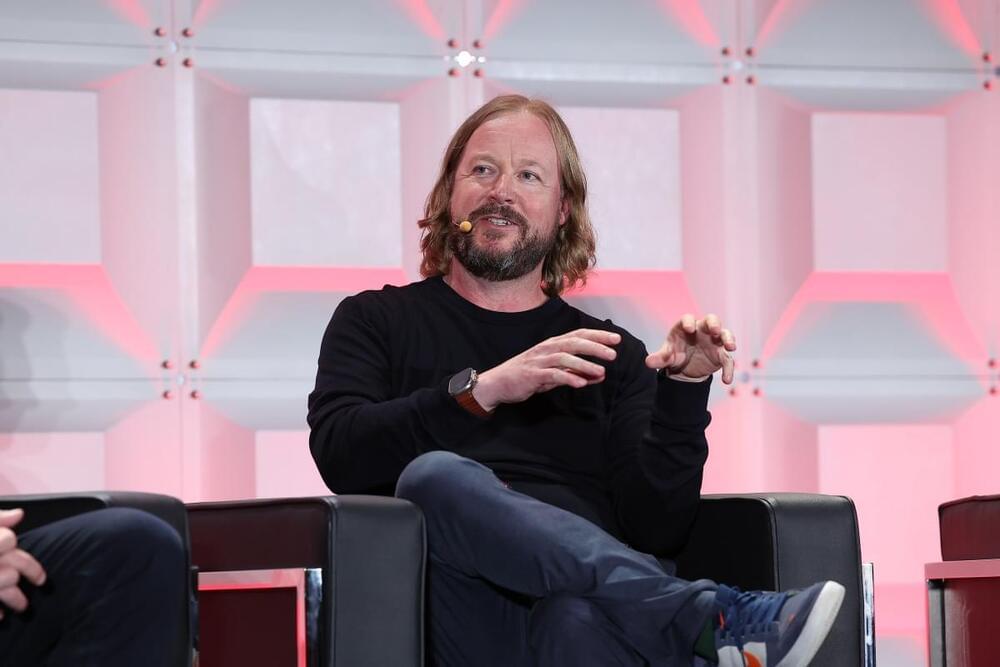Bloomberg connects decision makers to a dynamic network of data, delivering business and financial information, news and insights globally.



The more competition the better. Download and spread around the world so large companies cant seal away competition under a cloak of AI safety.
Meta, the company formerly known as Facebook, has recently announced that it is open-sourcing its large language model (LLM) called LLaMA 2, making it free for commercial and research use. This move is seen as a direct challenge to OpenAI’s ChatGPT, the popular chatbot powered by the GPT-4 model, which is not open-sourced and requires a subscription fee to access.
LLaMA 2 is a generative AI model that can produce natural language texts based on a given input or prompt. It can be used for various applications such as chatbots, content creation, summarization, translation, and more. LLaMA 2 is the second version of Meta’s LLM, which was first released in February 2023. According to Meta, LLaMA 2 was trained on 40% more data than LLaMA 1, which includes information from “publicly available online data sources”. It also claims that it “outperforms” other LLMs like Falcon and MPT when it comes to reasoning, coding, proficiency, and knowledge tests.
Meta decided to make LLaMA 2 available for free through Microsoft’s Azure platform, as well as other providers such as AWS, Hugging Face, and direct download. Meta said that it wants to give businesses, startups, and researchers access to more AI tools, allowing for experimentation and innovation as a community. Meta also said that it is committed to “building responsibly” as it moves forward with its AI system. The company said its models have been tested for safety by “generating adversarial prompts to facilitate model fine-tuning”, both internally and externally. Meta also discloses how the models are evaluated and tweaked.

Here’s my new Opinion essay at Newsweek. It’s about the need to use our nation’s massive natural resources to pay for a bipartisan tax free universal basic income, called the Federal Land Dividend. I hope you will read and share it!
In 2018, I began lecturing about the Federal Land Dividend, a bipartisan tax-free Universal Basic Income (UBI) based on monetizing the 640 million acres of mostly unused federally owned land. Due to the lasting effects of the coronavirus pandemic, which include a struggling U.S. economy, there is increasing interest in implementing basic income plans. The Federal Land Dividend is the only method that is both bipartisan and tax free.
An estimated 50 percent of the 11 most western states are mostly empty land that belong to the government. Estimates say this land and its resources are worth approximately $100 to $200 trillion. If we divide the middle— $150 trillion —by America’s population of 333 million, every person would have approximately $450,000 in equity. That’s much higher than the median net worth in America of $122,000.
The Federal Land Dividend aims to lease out land and natural resources to big business that agree, in exchange, to pay a monthly income to all Americans. It’s estimated that if just 60 percent of America’s unused federal land was leased out at fair rates, a $1,000 monthly check could be sent to all Americans—regardless of age—for decades if not centuries. Because land and raw materials often move in tandem with inflation, payouts could increase with inflation. Furthermore, this plan does not touch any national parks whatsoever. Much of this land is in places that few humans ever visit or see.
Some conservatives support the Federal Land Dividend idea because it will boost big business while providing an economic stimulus to all Americans. Some liberals also support the idea because it will dramatically help end poverty. Even some libertarians like the idea because it returns the value of federal land to the people, instead of the government hoarding and controlling it.
Sir Frederick Banting was clearly ahead of his time. He is also an inspiration for a new open source self-administering drug delivery device. Long before open source was an option or even a concept, the now-celebrated former Western lecturer refused to patent insulin because he wanted it to be inexpensive and widely available for the betterment of all.
Now, 100 years after Banting won the Nobel Prize for his discovery, Western researchers are at it again. A team led by engineering and Ivey Business School professor Joshua Pearce has developed a new 3D printed, completely open-source autoinjector —a device designed to deliver a single dose of medicine—for a tenth of the cost of a commercially purchased product.
A new study, published July 14 in the journal PLOS One, describes the manufacturing design of the spring-driven device, which could cost less than $7 to make while a store-bought version is closer to $70.

“The reason I was invited on is I’m the poster child for getting your ass kicked in the public markets by A.I. since I lost 40% of value in five minutes,” Rosensweig said. “So for those of you who didn’t want to take that, I took it for you,” Rosensweig said with apparent sarcasm. “My pleasure.”
Chegg’s new A.I. tool, called CheggMate, will be a personal learning assistant for students that creates bespoke lesson plans. Trained on a set of 100 million correct answers to 17 million new questions posed by students each year over the past decade, the A.I. will create a tailored learning experience for students, taking into account their learning style, the date of their exam or deadline, and even how they’re feeling that day, among other factors. It will also connect students to remote study groups and help them find job opportunities.
“Just imagine the following scenario,” Rosensweig said, “you start to have a conversation with somebody that knows you, knows how you’re feeling that day, knows what you’re studying, knows when your midterm is, knows what you’re good at, what you’re bad at, builds you a personalized plan, advocates for you.”
He speaks on unusual topics and translates trends into business opportunities.
Decision theorist Eliezer Yudkowsky has a simple message: superintelligent AI could probably kill us all. So the question becomes: Is it possible to build powerful artificial minds that are obedient, even benevolent? In a fiery talk, Yudkowsky explores why we need to act immediately to ensure smarter-than-human AI systems don’t lead to our extinction.
If you love watching TED Talks like this one, become a TED Member to support our mission of spreading ideas: https://ted.com/membership.
Follow TED!
Twitter: https://twitter.com/TEDTalks.
Instagram: https://www.instagram.com/ted.
Facebook: https://facebook.com/TED
LinkedIn: https://www.linkedin.com/company/ted-conferences.
TikTok: https://www.tiktok.com/@tedtoks.
The TED Talks channel features talks, performances and original series from the world’s leading thinkers and doers. Subscribe to our channel for videos on Technology, Entertainment and Design — plus science, business, global issues, the arts and more. Visit https://TED.com to get our entire library of TED Talks, transcripts, translations, personalized talk recommendations and more.
Watch more: https://go.ted.com/eliezeryudkowsky.
This video explores Super Intelligent AIs and the capabilities they will have. Watch this next video called Super Intelligent AI: 10 Ways It Will Change The World: https://youtu.be/cVjq53TKKUU.
► My Business Ideas Generation Book: https://bit.ly/3NDpPDI
► Udacity: Up To 75% Off All Courses (Biggest Discount Ever): https://bit.ly/3j9pIRZ
► Jasper AI: Write 5x Faster With Artificial Intelligence: https://bit.ly/3MIPSYp.
Official Discord Server: https://discord.gg/R8cYEWpCzK
Patreon Page: https://www.patreon.com/futurebusinesstech.
💡 Future Business Tech explores the future of technology and the world.
Examples of topics I cover include:
• Artificial Intelligence & Robotics.
• Virtual and Augmented Reality.
• Brain-Computer Interfaces.
• Transhumanism.
• Genetic Engineering.
SUBSCRIBE: https://bit.ly/3geLDGO
Disclaimer:
This video explores Super Intelligent AI and 10 scientific discoveries it could make. Watch this next video called Super Intelligent AI: 10 Ways It Will Change The World: https://youtu.be/cVjq53TKKUU.
► My Business Ideas Generation Book: https://bit.ly/3NDpPDI
► Udacity: Up To 75% Off All Courses (Biggest Discount Ever): https://bit.ly/3j9pIRZ
► Jasper AI: Write 5x Faster With Artificial Intelligence: https://bit.ly/3MIPSYp.
SOURCES:
• https://www.britannica.com/science/tachyon.
• https://plato.stanford.edu/entries/qm-manyworlds/#:~:text=Th…ion%20(MWI, and%20thus%20from%20all%20physics.
Official Discord Server: https://discord.gg/R8cYEWpCzK
Patreon Page: https://www.patreon.com/futurebusinesstech.
💡 Future Business Tech explores the future of technology and the world.
Examples of topics I cover include:
• Artificial Intelligence & Robotics.
• Virtual and Augmented Reality.
• Brain-Computer Interfaces.
• Transhumanism.
• Genetic Engineering.
SUBSCRIBE: https://bit.ly/3geLDGO

Join top executives in San Francisco on July 11–12 and learn how business leaders are getting ahead of the generative AI revolution. Learn More
The messaging software company Slack sees massive potential in generative AI and large language models, allowing more automation to improve workplace productivity and efficiency, said Steve Wood, Slack’s SVP, product management at the VentureBeat Transform 2023 conference on Tuesday.
“For me, I think automation, integration and AI are going to have a profound impact on how we experience software going forward,” Wood said in his panel discussion with Brian Evergreen, founder and CEO of the Profitable Good Company, a leadership advisory firm.